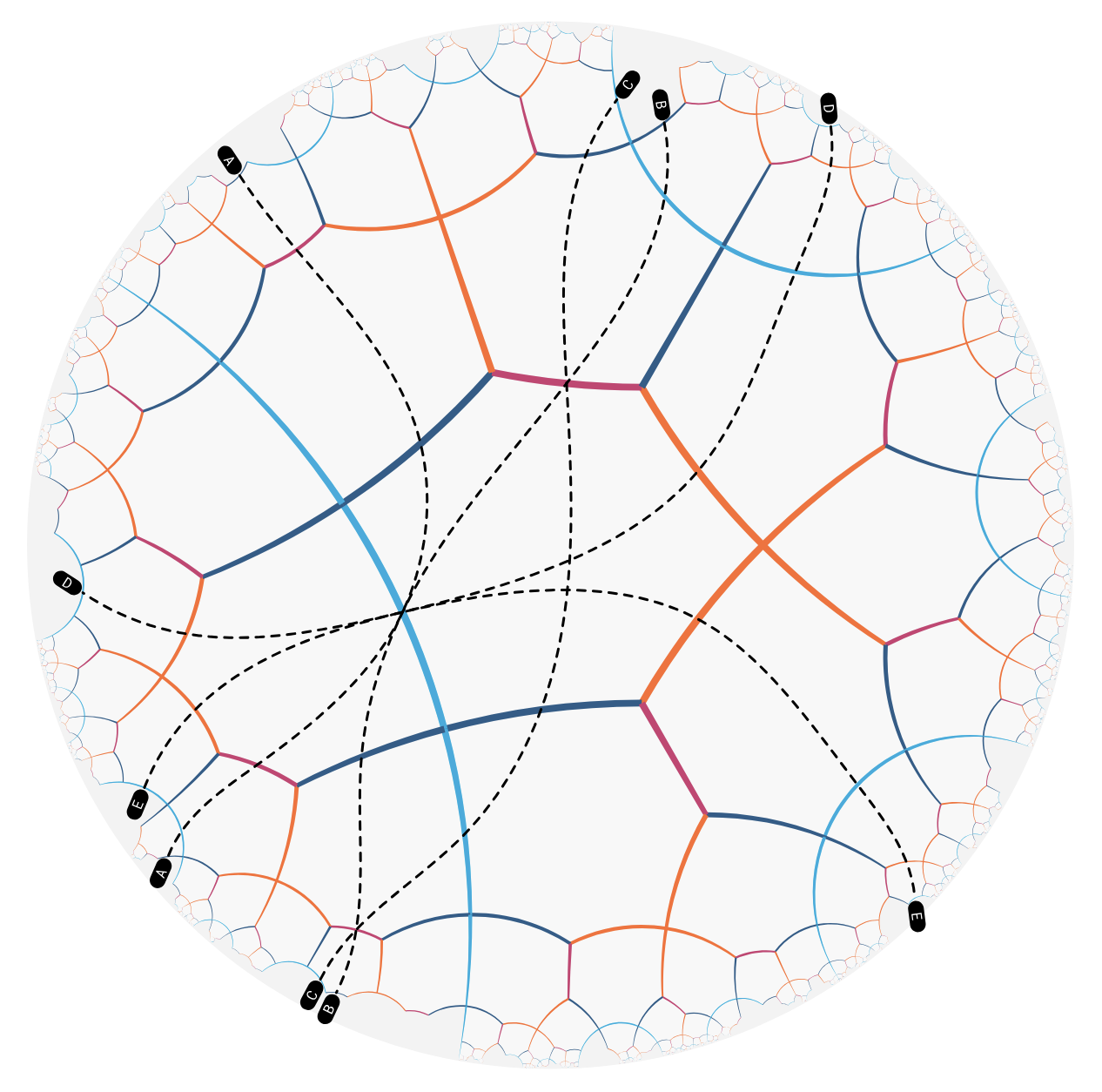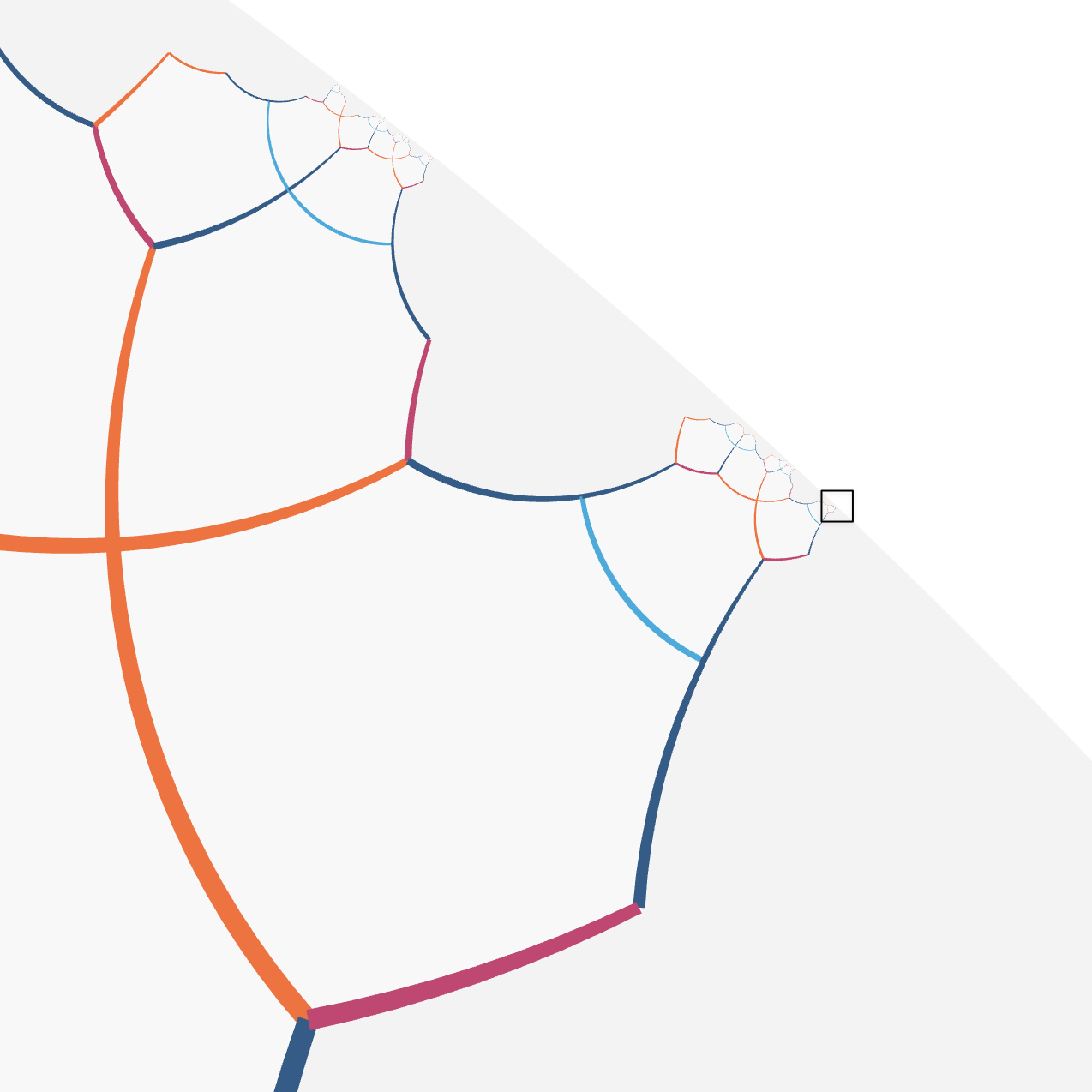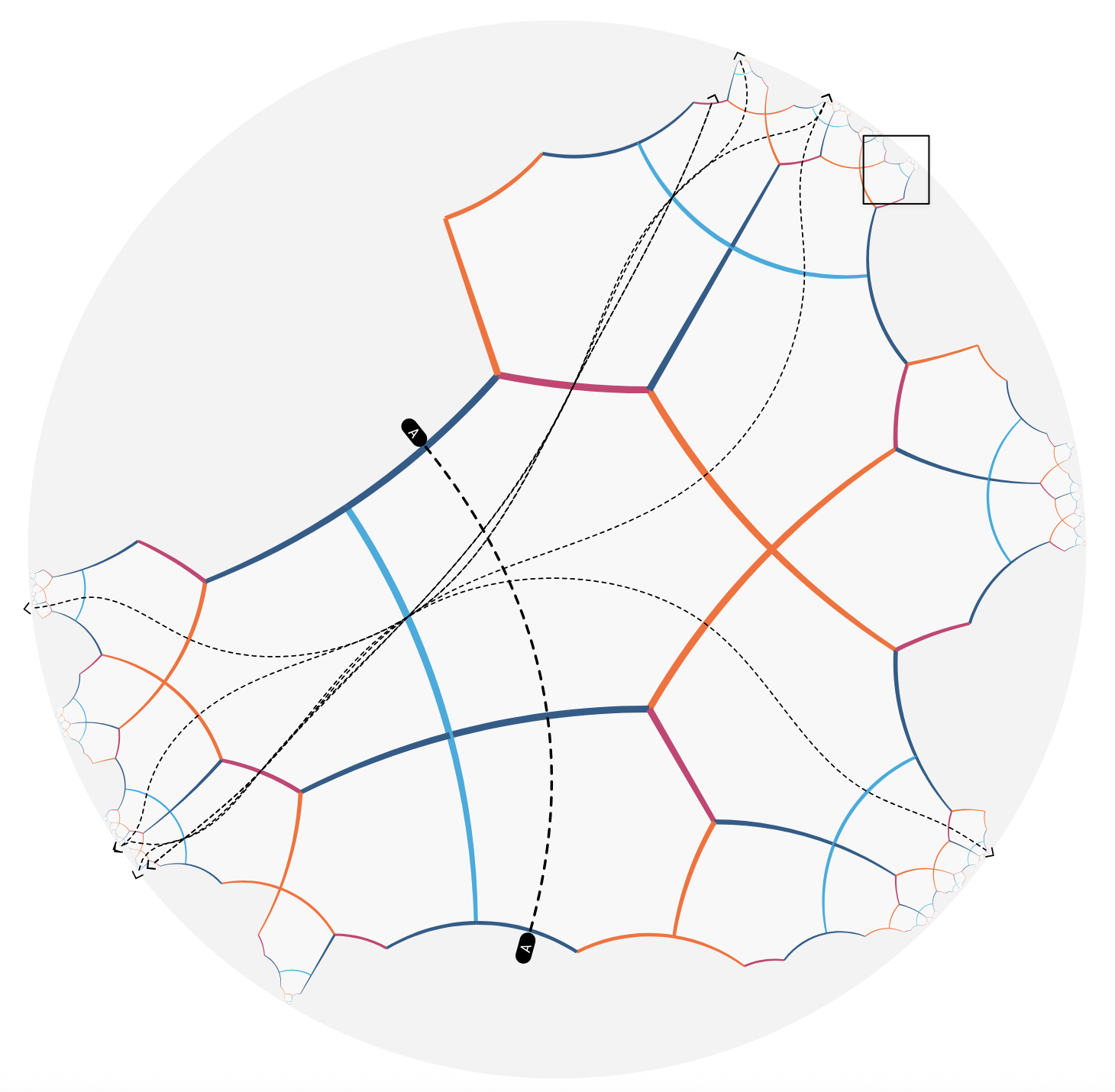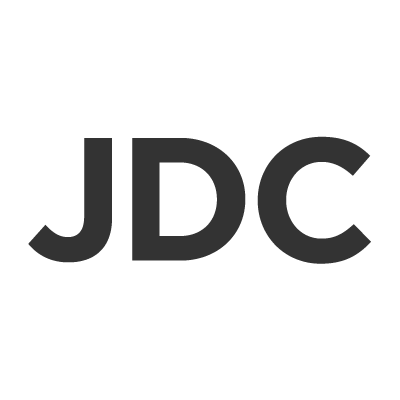Advent of Tilings - Day 18.1
Christmas eve is near. It is time to look to the top of the tree and beyond towards infinity, but how to get there?
Let’s have a look at two different growth strategies, both starting with a single tile and adding layers outwards.
Growth strategy 1: We identify the surface boundary edges and glue a new tile to every open edge, so that with every layer all previous boundary edges become inner edges.
Growth strategy 2: We identify the surface boundary vertices and glue tiles around every boundary vertex, so that with every layer the previous boundary vertices become inner vertices.
How will the boundary differ at about the same number of tiles? Will there be a difference at all?
Let’s have a look at an example of an infinite surface embeddable in euclidian space.
To create the two examples of the same surface with different growth strategy we use the looping rules (f₁t₁)³ and (f₁f₂t₂⁻¹)².
#math #geometry #3d #combinatorics #tiling #AdventOfTilings








